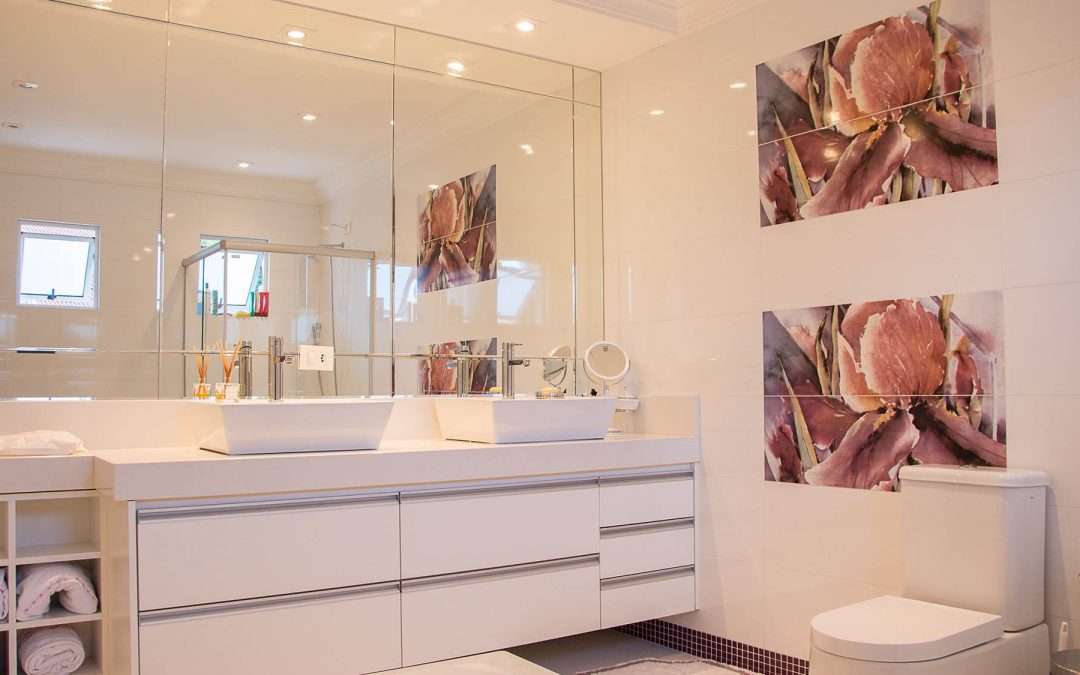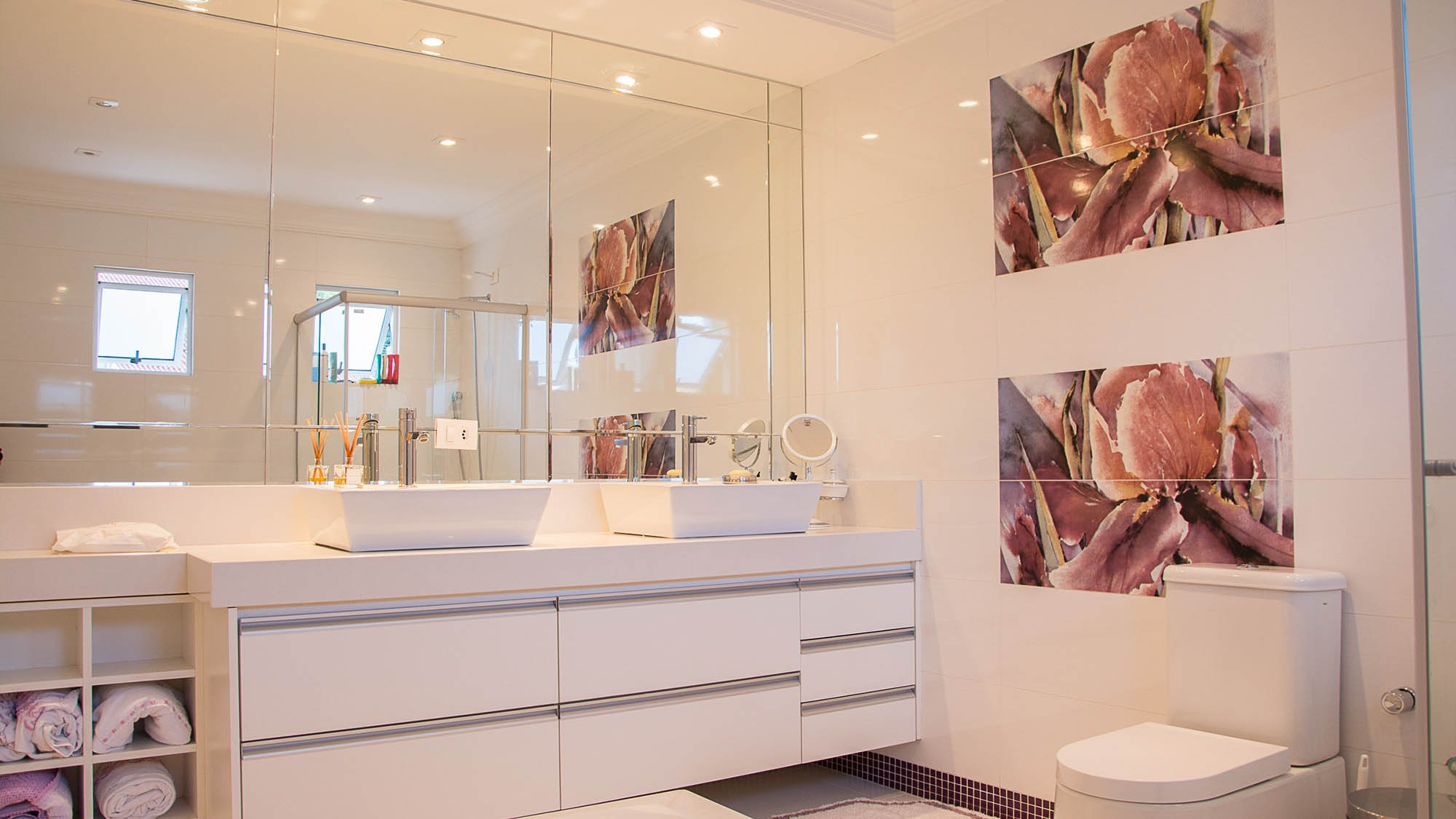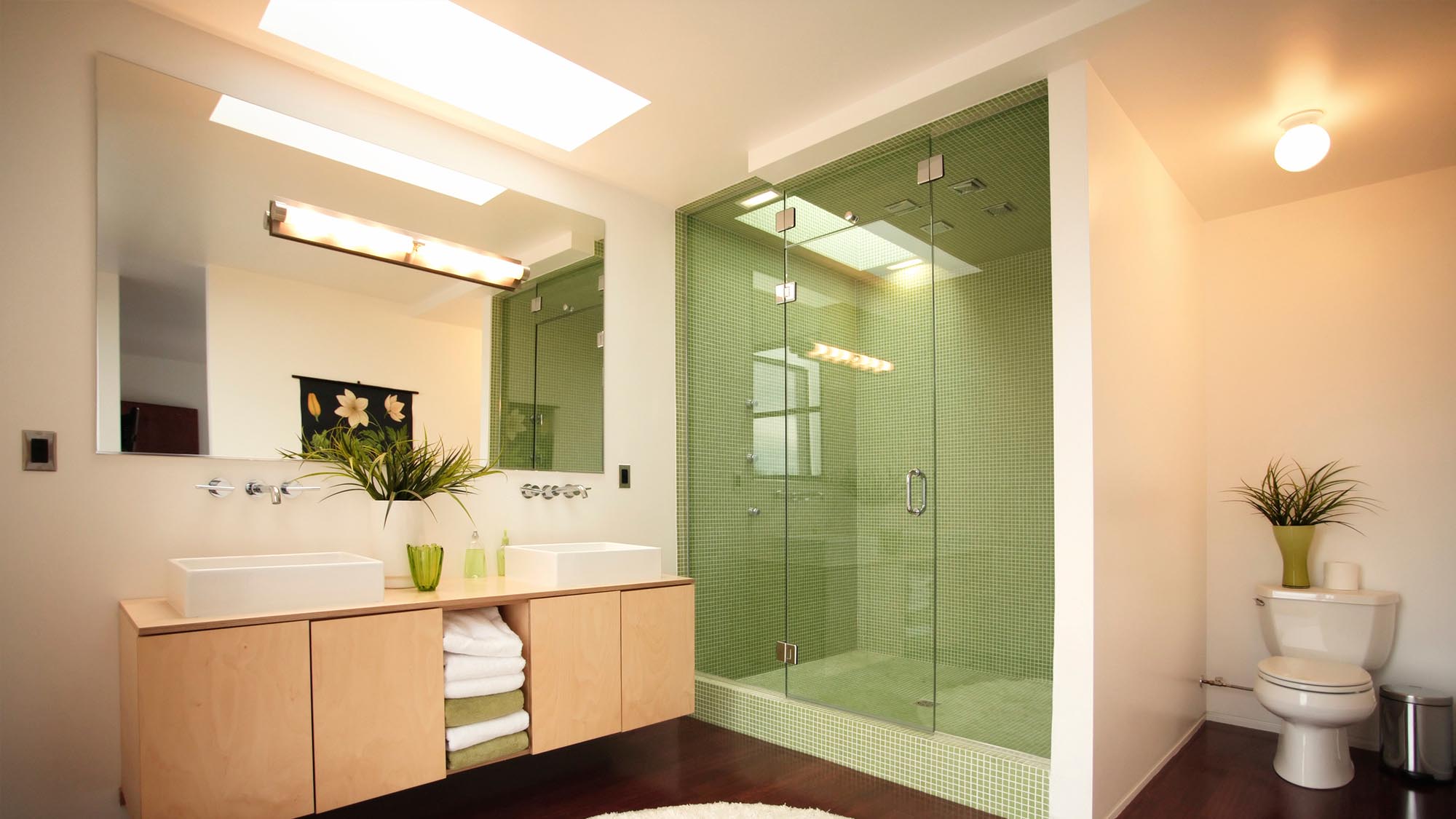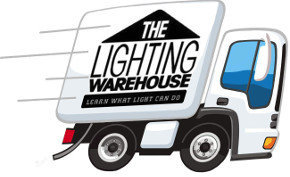Bathrooms need to be aesthetically pleasing and practical spaces, so it is essential that they are well lit. We speak to Melissa Davidson from leading lighting supplier, The Lighting Warehouse, for her top tips for a successful bathroom lighting scheme.
- Analyse the space and how it will be used: This first step is an important one – it involves assessing your bathroom space and working out how and when it will be used. Melissa says: “Consider what times of day you will mostly use the room, where you will do what, how much natural light it receives, and where the windows are located. By having a good understanding of the layout of the room, the orientation and quality of the natural light, as well as how the room will be used – you will have all the necessary information to design a practical and attractive lighting scheme.”
- Layered lighting is best: It doesn’t matter if your bathroom is big or small, layered lighting schemes are always best. Melissa explains: “A combination of ambient and task lighting will create a scheme to suit all needs, providing practical lighting for day-to-day tasks, low-level ambient light and illumination at night.” Here are the main lighting layers that you should include:
-
- Ambient / general lighting: The first layer should provide good ambient light with a comfortable level of brightness. You can use downlighters in your ceiling – if you don’t have a concrete ceiling. Or you can choose a central light fitting such as a ceiling flush mount, where the fitting is installed flush; or a ceiling semi flush mount where the light is close to the ceiling but suspended on a small stem.
-
- Task lighting: To illuminate areas where you need good visibility, such as by the mirror or around the basin. Choose single light wall lights for either side of your mirror or a bar light or spotlight bar above the mirror. For the shower – install a specialised built to purpose ip65 downlighter in the ceiling above.
-
- Night lighting: You can link up one or two of your bathroom lights with an occupancy sensor. These lights then switch on automatically via the movement sensor when somebody enters the bathroom at night. One could install LED striplights at the base of your bathroom cupboards at the kickplate, or just under your mirror vanity; which whilst providing sufficient illumination, are still sufficiently muted so as not to disturb others who might be sleeping in the en-suite bedroom.
- Lighting and safety: Since the bathroom is a wet environment, bathroom lighting must adhere to strict legal regulations. Any wet area is divided up into various zones, depending on the distance from the water source, which determines what kind of lighting can be used in these various zones. Lighting is ranked by IP (Ingress Protection) ratings – the higher the IP rating, the more water-resistant the light fitting is. Any bathroom light should have a minimum IP44 rating, which ensures that the light is sealed and splashproof.
- Energy efficiency in the bathroom: With the ever-increasing cost of electricity, it is important to consider the energy efficiency of the globes that you select for your bathroom. LED globes are a great choice – they boast an impressively long lifespan, and require very little energy to run. They are available in a broad spectrum of different styles and shapes to suit various fittings, and you can even invest in fittings with built-in LED’s.
You can browse all the bathroom lighting available from The Lighting Warehouse here:
https://lightingwarehouse.co.za/product-category/indoor/bathroom/
Nationwide delivery for online orders over R500 is free.
Or : visit https://lightingwarehouse.co.za/store-locator/ to find a store closest to you.
E&OE. While stocks last.






